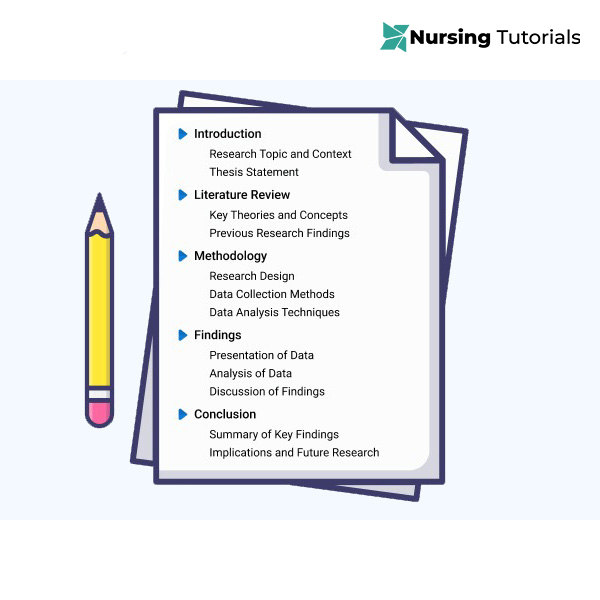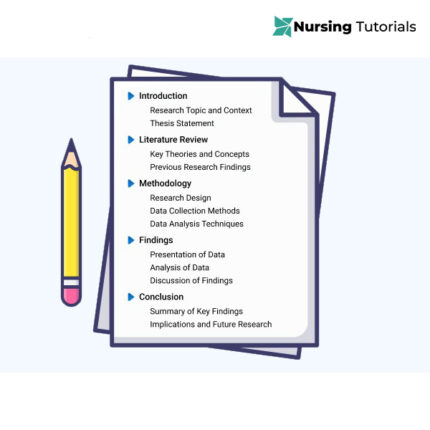“(Solution) C200 _ DCM2 TASK 2 ORGANIZATION AND LEADERSHIP EVALUATION” has been added to your cart. View cart
(Solution) WGU C215 OA Study Guide
$20.00 Original price was: $20.00.$10.00Current price is: $10.00.
Description
Operations Management C215 Study Guide
Competency 1: Quality Management Methods (16%) Chapter 5: Total Quality Management
- Total Quality management (TQM) Philosophy
- Rather than treating only the symptoms of quality issues, Total Quality Management (TQM) is a complete philosophy that aims to find the underlying causes.
- To attain excellence, it integrates people-driven procedures and technical factors across the organization.
- Strong customer focus, continuous improvement, and staff empowerment are the seven core ideas around which Total Quality Management (TQM) is based.
- These principles guarantee that quality is always a shared responsibility.
- It also highlights strategic product design for better performance, efficient process management to maximize efficiency, and the use of high-quality tools for data-driven decision-making.
- Additionally, satisfying consumer expectations and preserving consistency depend heavily on managing supplier quality.
- TQM promotes a culture of excellence and sustained success using these tenets.
• Quality Gurus and their contributions to TQM
- Walter A. Shewhart pioneered the understanding of process variability and introduced statistical control charts, laying the foundation for quality control.
- Edwards Deming emphasized management’s responsibility for quality and developed the “14 Points” to guide companies toward continuous improvement.
- Joseph M. Juran defined quality as “fitness for use” and introduced the concept of the cost of quality, highlighting the importance of preventing defects.
- Armand V. Feigenbaum contributed by introducing the concept of total quality control, emphasizing organization-wide quality efforts.
- Philip B. Crosby coined the phrase “quality is free” and advocated for the zero defects approach, stressing that preventing errors is more cost-effective than fixing them.
- Kaoru Ishikawa developed cause-and-effect diagrams, helping organizations analyze and solve quality issues, and introduced the concept of the “internal customer,” recognizing that quality must flow through all levels of an organization.
- Lastly, Genichi Taguchi focused on improving product design quality and developed the Taguchi loss function, which quantifies the cost of poor quality.
• Definitions of Quality
- Conformance to Specifications: The degree to which a good or service satisfies the goals and limitations established by designers
- Fit for Use: The degree to which the product fulfills its intended function.
- Value for Price Paid: How consumers view a service or product’s utility and cost determines quality.
- Support Services: Quality is determined by the assistance given after purchasing the item or service.
- Psychological Criteria: Approach to quality, emphasizing the critical assessment of what defines exceptional goods or services
• Four Costs of Quality
- Prevention and Appraisal: Expenses incurred to stop subpar work
- Internal and External Failure: Expenses the business aims to avoid
- The Organizational impact of quality
- One approach for converting client wants into precise technical requirements is quality function deployment, or QFD. Seven problem-solving techniques are employed to manage quality. The seven quality control instruments are sometimes called cause-and-effect diagrams, flowcharts, checklists, scatter diagrams, Pareto analysis, control charts, and histograms.
• Plan-Do-Act-Study Cycle
- The Plan-Do-Act-Study (PDSA) cycle outlines an organization’s tasks to integrate continuous improvement into its operations.
- Plan: Managers must assess the existing procedure and develop plans in response to any issues they identify. Keep track of all existing practices, gather information, and pinpoint issues.
- Do: Putting the strategy into action. Managers should gather information for assessment and record any modifications.
- Study: Managers need to examine the information gathered in the earlier stage. The data is assessed to determine if the plan accomplishes the objectives outlined in the plan phase.
- Act: Managers have to take action based on the findings. If the new technique has been effective, share the results with other business members before implementing it. Restarting the cycle and making new plans are the next steps.
- Benchmarking: Examining the operations of businesses deemed to be “best in class” is another method by which businesses apply continuous improvement. The capacity to observe and learn from the actions of others. As long as the benchmark firm is successful at anything the company wants to achieve, it doesn’t have to be in the same industry. (For example, the Lands’ End apparel catalog.)
• ISO 9000 Standards
- The International Organization for Standardization (ISO) created the ISO 9000 standards, a collection of globally accepted quality management guidelines that assist businesses in guaranteeing a constant level of quality in their goods and services. These guidelines offer a methodical foundation for raising customer satisfaction, streamlining procedures, and satisfying legal obligations. Businesses aiming for ISO 9000 certification must conduct periodic audits to confirm adherence to best practices and ongoing progress.
• ISO 14000 Standards
- The ISO 14000 standards are internationally recognized guidelines developed by the International Organization for Standardization (ISO) that focus on a company’s environmental responsibility.
Review Chapter 6: Statistical Quality Control
- Definition of Statistical Quality Control
- The phrase for the collection of statistical instruments that quality experts employ to assess the caliber of a business
• Sources of Variation
- They can exist in all processes
o Common Causes
- Random causes that we cannot identify
- Unavoidable, (Ex. Slight differences in process variables like diameter weight, service time, temperature)
o Assignable Causes
- Causes can be identified
- Eliminate cause (Ex. Poor employee training, worn tool, machine needing repair)
• Process capability
- Is evaluating the ability of a production process to meet or exceed preset
• Process Capability Index (Cpk)
Computed as the ratio of the specification width to
Click the link below to access the entire guide



